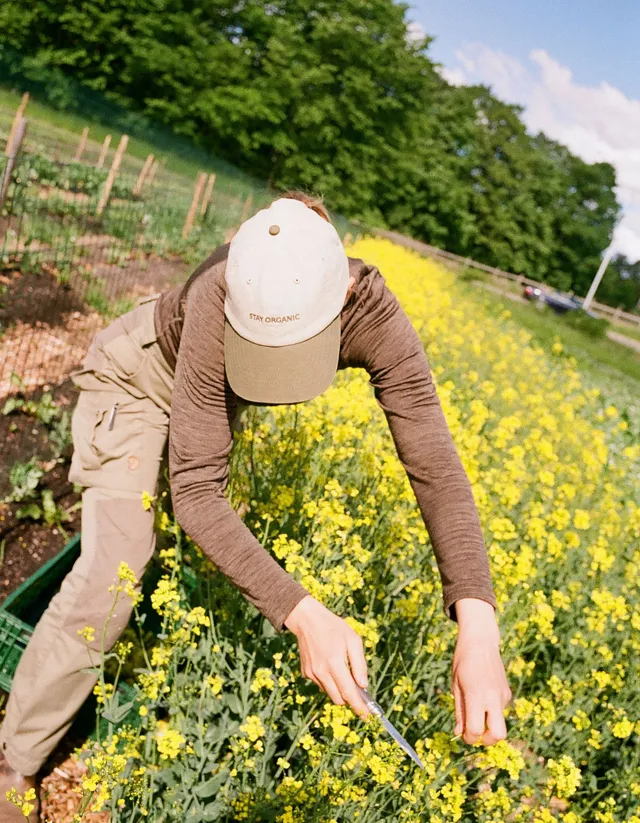Emma Duckert
MånedalenEmma Duckert
MånedalenMathias Haugaard
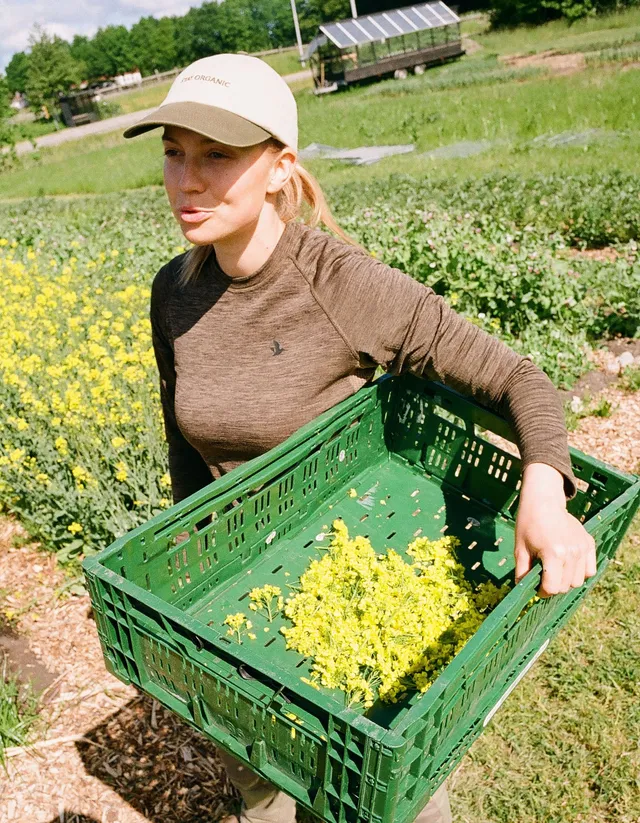
Q
Can you start by introducing Månedalen?
A
“Månedalen, at its core, is an attempt to bring agriculture back into nature. Everything we do out here, from the vegetable production to raising animals, is a commentary on how we believe food should be grown. Our farm is diverse, it includes a market garden, animal husbandry, flower patches and other non-commercial activities that supports biodiversity.
“Grønt fra Månen” revolves around three pillars: the vegetable production, livestock, and the shop, which essentially covers the sales aspect. Each of us have the primary responsibility within one of the areas, but we are all “assistants” in eachothers’ respective productions.”
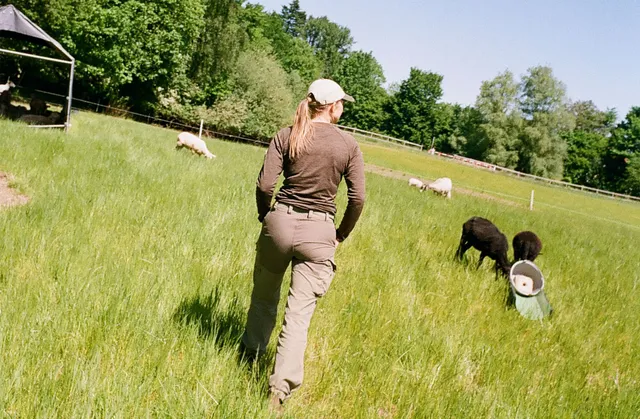
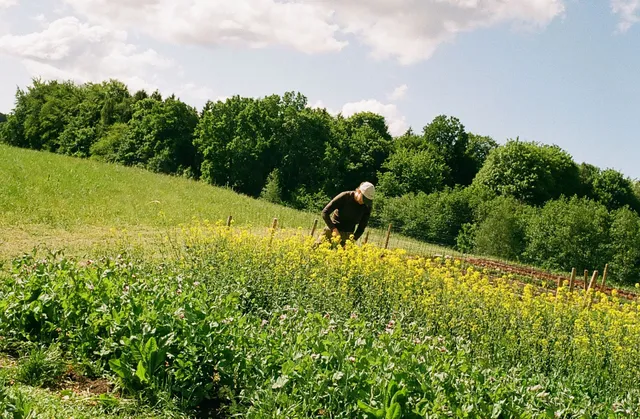
Q
When and how did you get into farming and agriculture?
A
“I have absolutely no background in agriculture whatsoever. I’ve studied at CBS and worked in advertising, but I had reached a point where I felt dissatisfied with the direction of my life. My brother, Gustav, and I were deeply invested in the climate and biodiversity crisis and had begun researching on sustainable approaches to food production.
Starting as a small kitchen garden project in our parents’ backyard, the project progressed as we delved into hands-on work, academia and gained a deeper connection to the soil. During the pandemic, I discovered the regenerative agricultural school, where I luckily met My - our now chief of greens. Now, we have established a diverse vegetable production on just 10 hectares of rented land.”
Q
What is regenerative agriculture and how does it work?
A
“Regenerative agriculture is a farming approach that works in harmony with nature, increasing biodiversity and nurturing soil health. It offers solutions to pressing challenges, such as the climate and biodiversity crises. This method not only captures CO2 but also provides room for nature to thrive.
Instead of just sustaining the status quo, we strive to turn the negative impact of modern agricultural practices, exploring various methods with a laboratory mindset. The essence of “re-generative” lies in revitalizing soil and reintroducing life, nature, and biodiversity to previously cultivated farming areas dominated by monoculture and soil disturbance.”
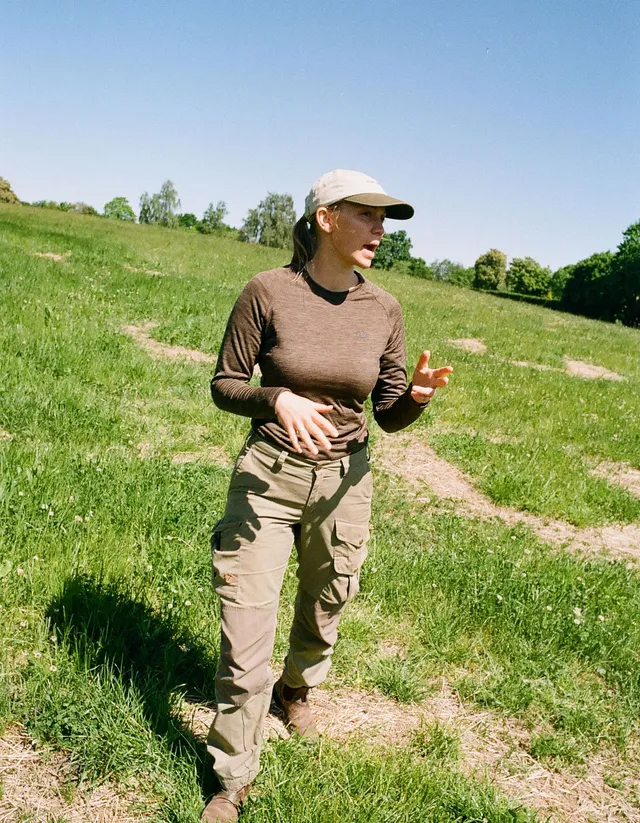
Q
Does the farming process impact the taste and health benefits of your produce?
A
“We conducted a little home blind tasting, comparing store-bought organic spinach to our own. Luckily, everyone preferred ours. There is a noticeable difference both in taste and quality, also when compared to regular organic produce. Additionally, Regenerative vegetables are packed with more nutrients - studies show significantly higher vitamin levels than in regular storebought. Soil health and nutrient density goes hand in hand.
Despite the higher price, our carrots provide more nutrition, ultimately making them more cost-effective. It’s an interesting perspective shift. Our system offers a wide variety of flavors. We grow 55 different crops of over a 100 varieties. For example, we have three types of radishes, four salads, and ten tomatoes.”
Q
Any useful tips if you wanna go into farming or agriculture?
A
“It’s a very complex field and difficult to explain briefly, you are working with nature. It involves numerous processes. Building a well-functioning system is a challenge, but I highly recommend attending the regenerative agricultural school, where you will get the best possible knowledge foundation. The school is taught by practitioners, who themselves invested time, blood, sweat and tears building their own farms or regenerative projects. Always learn from someone who is doing it themselves.
Furthermore, I encourage buying from local farmers and supporting small-scale food producers. Engage with farmers, ask about taste, usage, and size. Listen attentively, as amazing flavors leave no doubt.”
